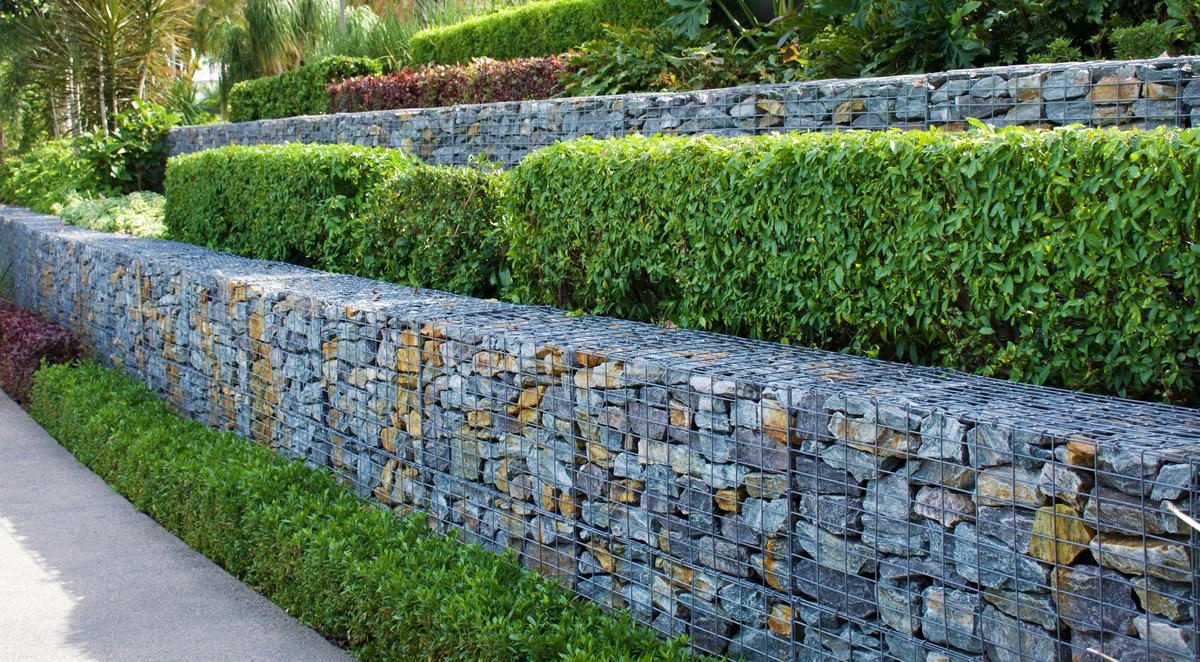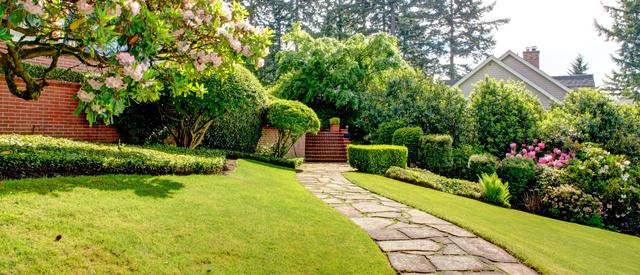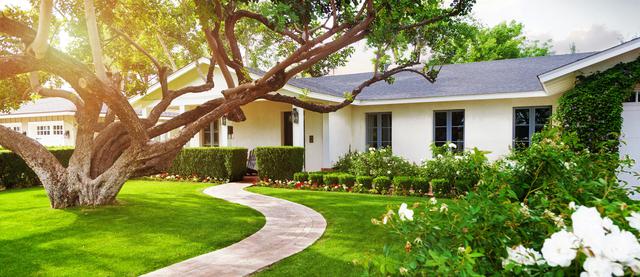Installing a retaining wall can be a great way to prevent soil erosion, create more usable outdoor space, and add aesthetic appeal to your property. However, if you're considering installing a retaining wall over 3 feet tall, there are a few surprises you should be prepared for. In this article, we'll explore some of the biggest surprises homeowners encounter when installing a retaining wall over 3 feet tall.
Permitting Process
One of the first surprises homeowners encounter when installing a retaining wall over 3 feet tall is the permitting process. Depending on your location, you may need a permit to build a retaining wall of this height. This can add time and expense to the project, so it's important to research local regulations before getting started.
Excavation and Site Preparation
Excavation and site preparation are critical steps in the installation of any retaining wall, but they become even more important when dealing with a wall over 3 feet tall. The depth and width of the trench required to support the wall will be greater, and the soil must be properly compacted to prevent settling and potential wall failure. Additionally, the excavation and site preparation process may require heavy machinery, which can further increase project costs.
Drainage
Proper drainage is essential for the long-term stability and durability of any retaining wall. However, this becomes even more critical when dealing with a wall over 3 feet tall. Without adequate drainage, water can build up behind the wall, causing pressure to build up and potentially causing the wall to fail. Homeowners should plan for drainage systems such as weep holes or French drains, which allow water to drain from behind the wall.
Materials and Design
When installing a retaining wall over 3 feet tall, the materials used and the design of the wall become even more important. The weight and pressure exerted on the wall will be greater, so it's important to choose high-quality materials and a design that can withstand the forces at play. Additionally, the design of the wall may require reinforcement with materials such as rebar or geogrid, which can add additional costs to the project.
Cost
Perhaps the biggest surprise homeowners encounter when installing a retaining wall over 3 feet tall is the cost. While retaining walls can be a cost-effective way to add value to your property, a wall of this height requires more materials, excavation, and site preparation, which can significantly increase the cost of the project. Additionally, the permitting process and the potential need for specialized contractors or heavy machinery can add to the expense.
Installing a retaining wall over 3 feet tall can be a great way to add function and beauty to your property, but it's important to be prepared for the surprises that come along with it. From the permitting process to site preparation, drainage, materials, and cost, there are many factors to consider before embarking on a project of this size. With proper planning and the help of a qualified contractor, however, you can create a durable, functional, and beautiful retaining wall that will enhance your property for years to come.






comments